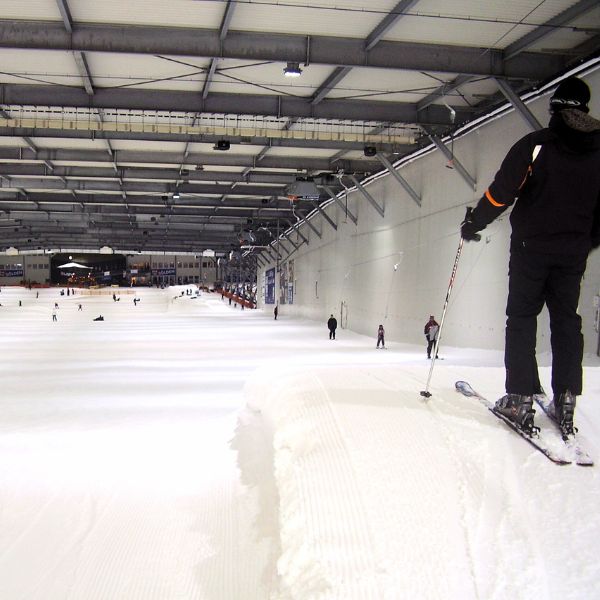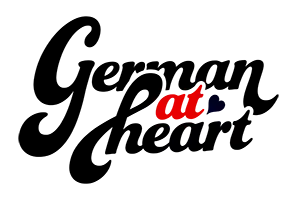- Home
- Top Ski Resorts
Top Ski Resorts in Germany: From the Bavarian Alps to the Black Forest
By: Eran Fulson | Last Updated: January 15, 2025
When thinking of skiing in Europe, you couldn’t be faulted for considering Switzerland, France, or Austria as the most desirable ski destinations. However, combine glühwein with some alpine air, and you’ll find some of the top ski resorts in Germany.
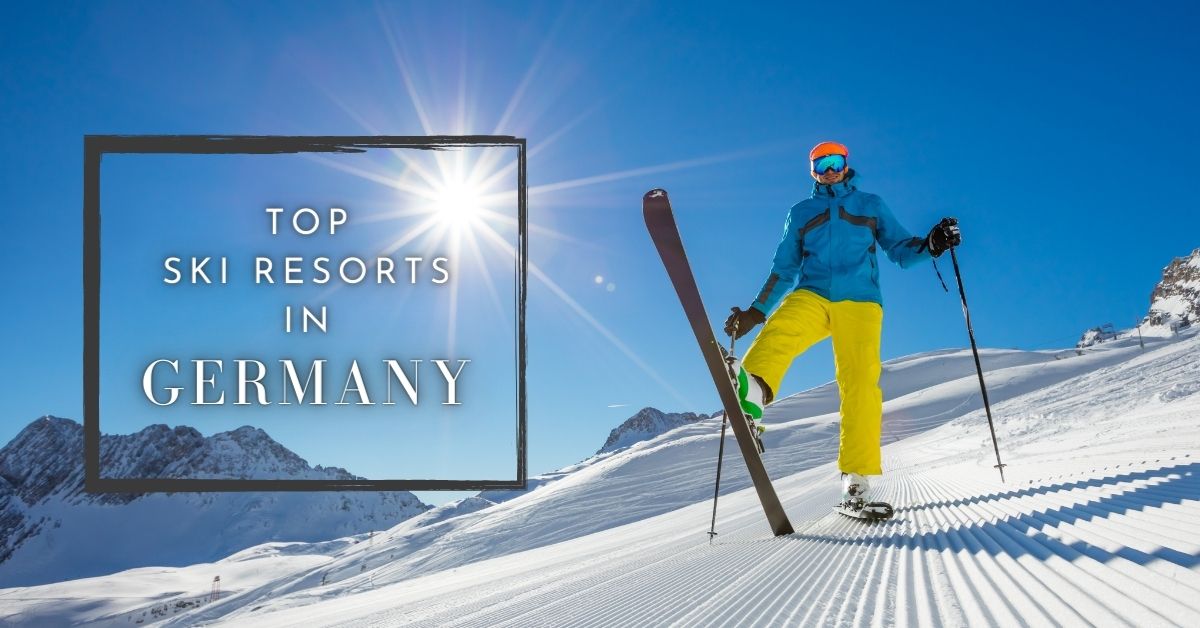
From beginner to intermediate levels, all the way up to the experienced skier, you will find Germany a perfect destination. Explore the stunning landscapes and picturesque villages all while strapped to an adrenaline-inducing plank of wood.
On this page:
Planning Your Holiday
Assuming by now that your appetite is well and truly whet, you’re ready to start planning. Despite current climate trends, many of the largest ski resorts employ state-of-the-art snowmaking machines, so you’re pretty much guaranteed enough snow to keep you going.
Generally, most resorts will open from mid/late-December through April. Though many of the best ski resorts will open mid/late-November.
For the best chance of getting some fresh powder, aim for January through March.
Come April, you’ll probably start having a few downhill t-shirt runs, but it sure beats trudging through the chilly mud down in the valleys.
Due to location and infrastructure, you’ll find many resorts offering ski passes that are valid in multiple areas. And as a general rule of thumb for life, the more days you buy, the cheaper the ticket.
Check for multi-resort passes if you’re planning a longer ski holiday. For example, the Oberbayern Ski Pass covers 20+ ski areas across Bavaria.
Bavarian Alps
Let’s start off with the most well-known mountainous region of Germany, the Bavarian Alps. Blindfold any mountain bunny and plop them in any top ski resort in Bavaria, and they’ll be hard-pressed to discern the difference between here and any of the traditional European ski destinations.
Snow-dusted mountains and stunning alpine panoramas make this area a perfect choice for your next holiday.
With its close proximity to Munich Airport, Bavaria is the most accessible ski region for out-of-country travelers.
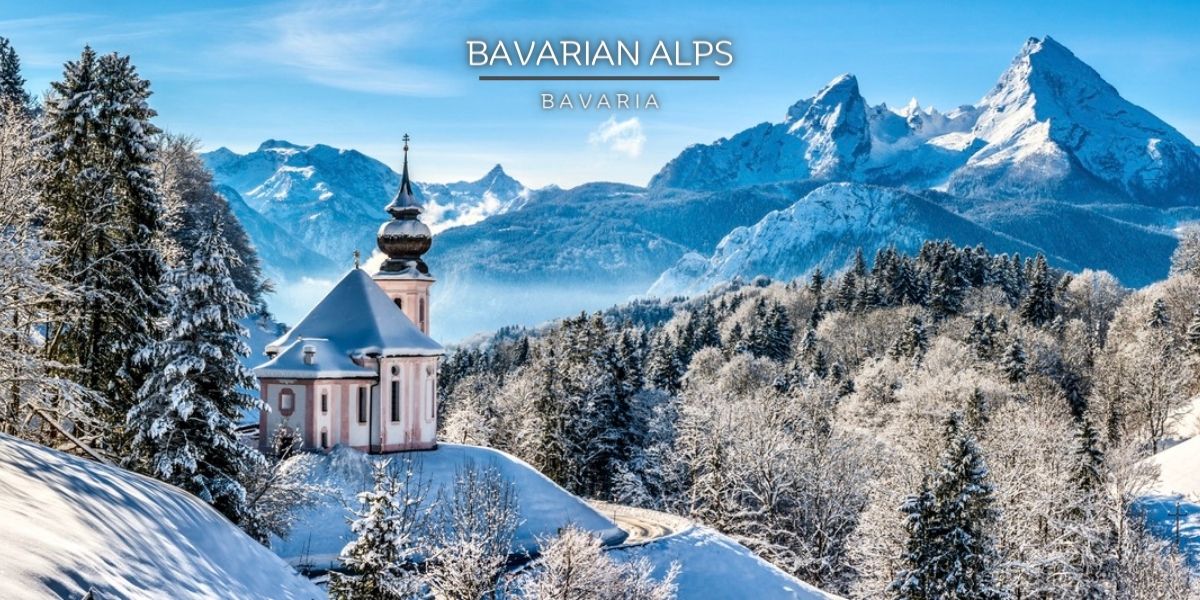 We'll have this any day, every day.
We'll have this any day, every day.Garmisch-Partenkirchen
The picturesque ski town of Garmisch-Partenkirchen is an idyllic blend of old-world Bavaria and modern ski facilities. Formerly host of the 1936 Winter Olympics, its ski runs are still world-class, and a few are sure to test the advanced skier in your group.
Standing shoulder-to-shoulder with Germany’s tallest mountain, Zugspitze, the panoramic views up here are truly something to behold.
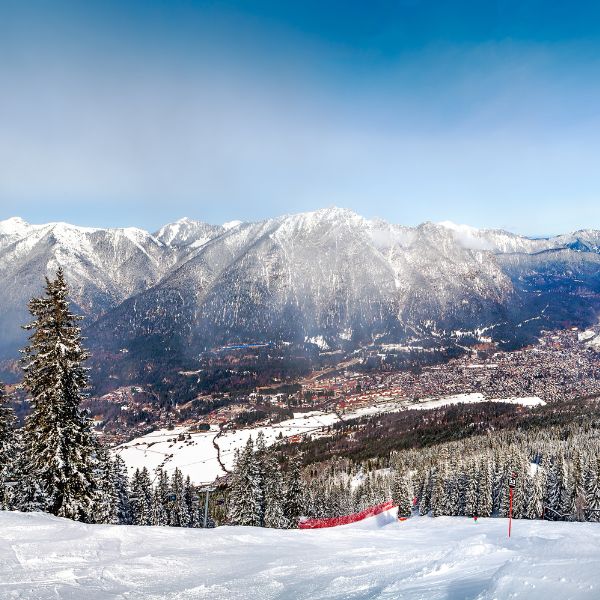 Ski town of Garmisch-Partenkirchen
Ski town of Garmisch-PartenkirchenOberstdorf
The more experienced skier will tend to drift towards the Oberstdorf Ski Resort. It’s easy to catch a bit of air here, as the resort is renowned for its ski jumping and technically advanced runs.
Tucked away in the beautiful Allgäu region, Oberstdorf boasts many kilometers of slopes. And with more than four hundred mountain peaks to take in from the top of Nebelhorn Mountain, you’ll be pushing your camera’s panorama functionality to the test.
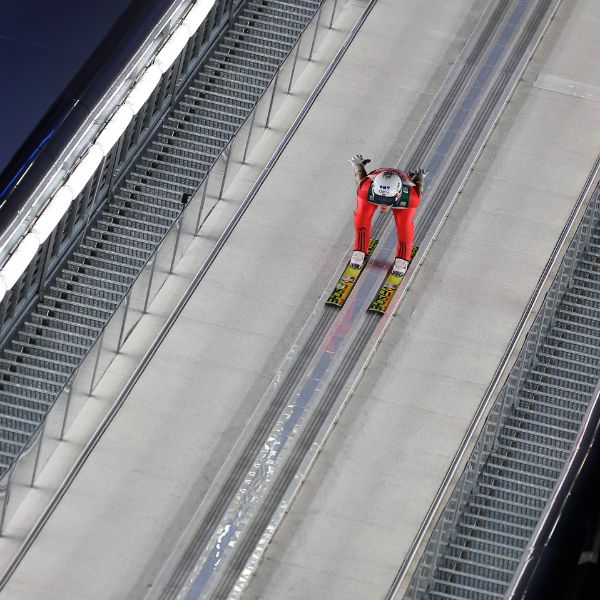 Ski jumper goes down on a training jump at the Oberstdorf FIS Ski Jumping World Cup.
Ski jumper goes down on a training jump at the Oberstdorf FIS Ski Jumping World Cup.Brauneck
If you’re looking for somewhere a little off the beaten path but still offering a quality Germanic alpine experience, the Brauneck Ski Resort should be at the top of your list.
While it's among the lesser-known ski villages in Bavaria, it has more than 18 miles (30km) of slopes. The ski resort is also a great family holiday option with those looking for a quieter alpine destination.
Zugspitze
The Zugspitze Ski Resort offers two things. One, it’s located on Germany's highest mountain. And two, it’s a lot faster going down than it is going up.
Topping off at more than 9,700 feet, Zugspitze is quite literally the height of top ski resorts in Germany. The height of the mountain also set world records with its cable cars, which makes it worth the trip for that alone.
It’s not all about the slopes up here either. The Panorama 2962 Restaurant provides lunch with a view unlike anywhere else in the country.
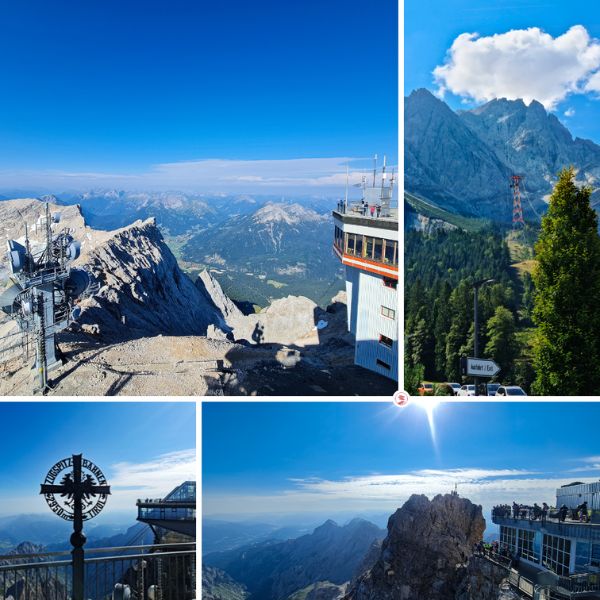 Memories of when Oma and I went up in the summer.
Memories of when Oma and I went up in the summer.Reit im Winkl
The perk of Germany not being a ‘traditional’ ski destination is the likelihood of stumbling on quieter ski villages. Reit im Winkl helps to fill the German picturesque villages quota along with 26 miles of slopes (42km).
Its position along the Austrian border opens up additional options with its dream-like slopes that cater to all skill levels. The resort also caters to families with a kids ski school and just over 11 miles (18km) of beginner slopes.
Those who like to take the scenic route at a slower pace will be happily exhausted by a plethora of cross-country trails.
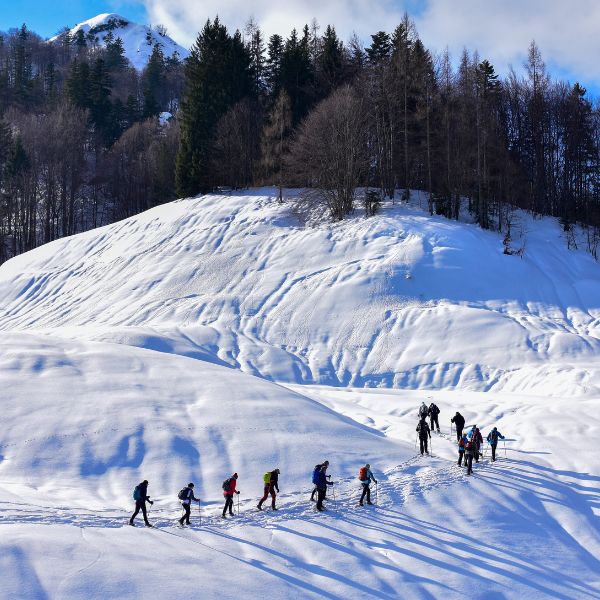
Spitzingsee
The quaint yet desirable Spitzingsee Ski Resort is conveniently located around an hour's drive from Munich. With any luck, those pretzels you stocked up on will still be warm by the time you strap up.
With a healthy dose of glühwein from the mountain huts on the mountain, you’ll be warm in no time. Though not the longest of steep runs like you’ll find elsewhere, the 8.6 miles (14km) of slopes are designed with intermediate and advanced skiers in mind.
One of the main highlights is the snow park, which should keep the youthful contingent in the group entertained. For the more mature-minded, I highly recommend checking on your travel insurance before dropping in.
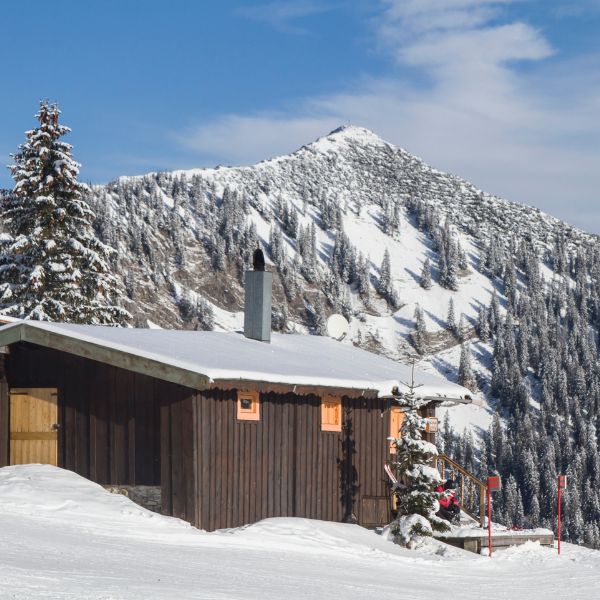
Black Forest
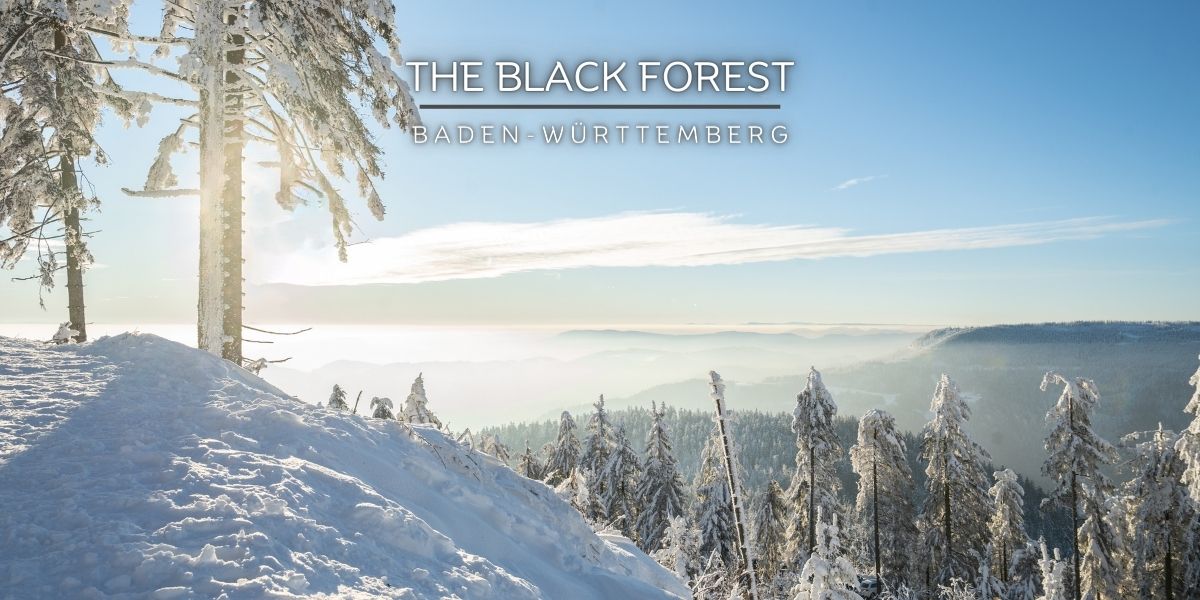
Straight out of a fairy tale, the enchanting region of the Black Forest is more than just cuckoo clocks and ominous shadows. To say the ski villages here are magical would be pushing my luck with puns, but it doesn’t make it any less true.
Feldberg
Nestled right in the heart of the Black Forest is the Feldberg Ski Resort. More sprawling than the mountainous heights of the Alps, it’s the largest connected ski resort in the Black Forest.
While heights only range from 3110 to 4750 feet, Feldberg boasts more than 18 miles (29km) of slopes and 15 lifts. Snow-covered hillsides are interspersed with forest runs among the beautiful wooded landscape.
An FIS World Cup run coupled with a large snow park caters to snowboarders while ensuring there is something for everyone.
Enjoying some Black Forest cake is pretty much mandatory here as well.
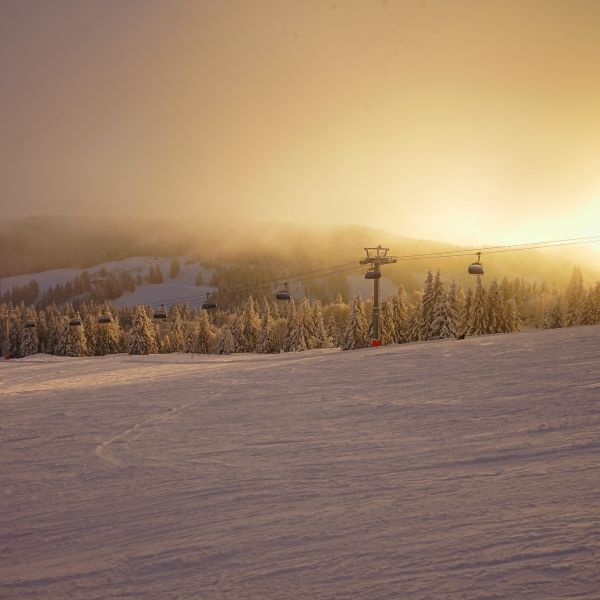 There are few better ways to wake up in the morning
There are few better ways to wake up in the morningSchwarzenbach
If you’re traveling as a family and looking for an intermediate all-rounder, then look no further than the Schwarzenbach Ski Centre.
With a designated children’s area, a snow park, and a variety of pistes, this is an ideal resort as an introduction to skiing and snowboarding.
Harz Mountains
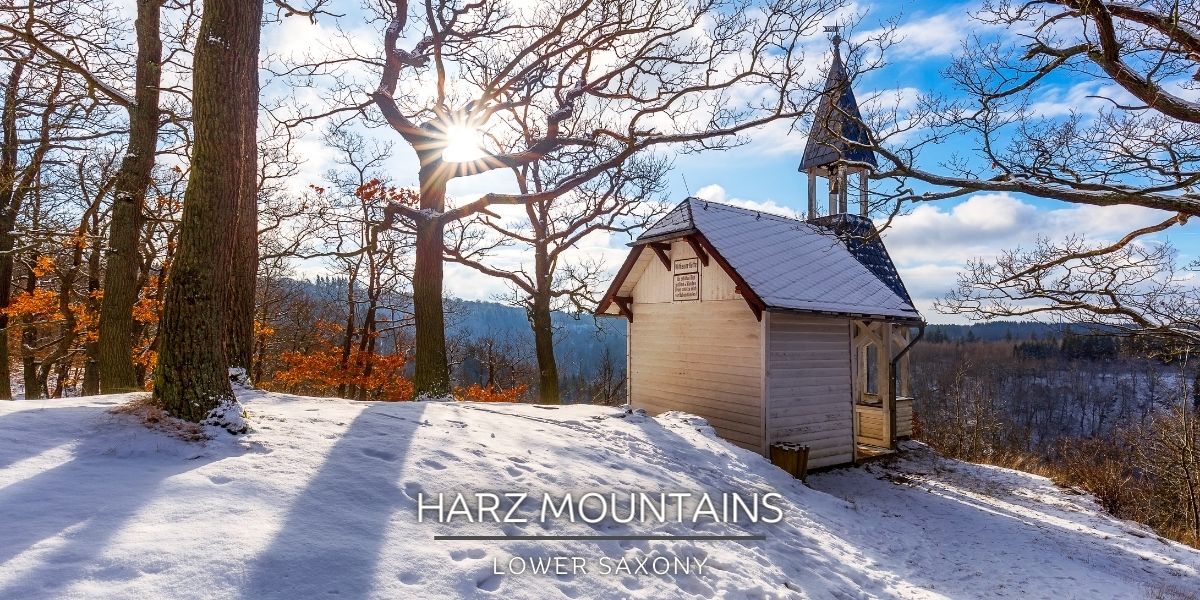 Shelter in the Harz mountain range
Shelter in the Harz mountain rangeRelatively unknown outside of Germany, the Harz mountain range has begun to make a name for itself among the alpine sports community in recent years.
Typically a beautiful summer or autumn retreat, this northeastern mountain range boasts the tallest mountain in Lower Saxony. The complimentary alpine ski huts and villages only add to the appeal and cater to a range of experience levels.
Wernigerode
Among the picturesque villages in the Harz Mountains, Wernigerode is pure charm. Half-timbered houses blend into the alpine surroundings like a living postcard. It makes an excellent starting point to explore the now-standard idyllic alpine landscape.
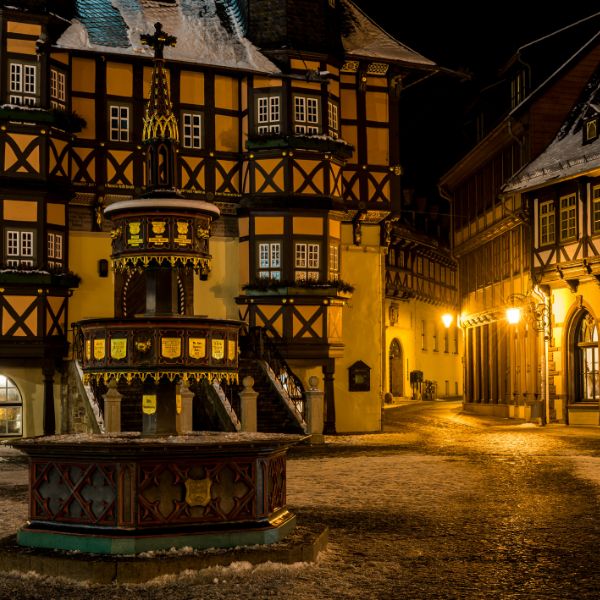 The beautiful wintery Marktplatz in Wernigerode
The beautiful wintery Marktplatz in WernigerodeBraunlage Wurmberg
Catering for beginner and intermediate levels, Braunlage Wurmberg is ideal as a sort of starter pack for those just getting into the sport. Plus, it also has a toboggan run, cross-country skiing, winter trails, and snowshoeing.
Giving it further credentials is its #4 ranking of terrain parks in Germany, and it is the largest ski area in Lower Saxony.
North Rhine-Westphalia
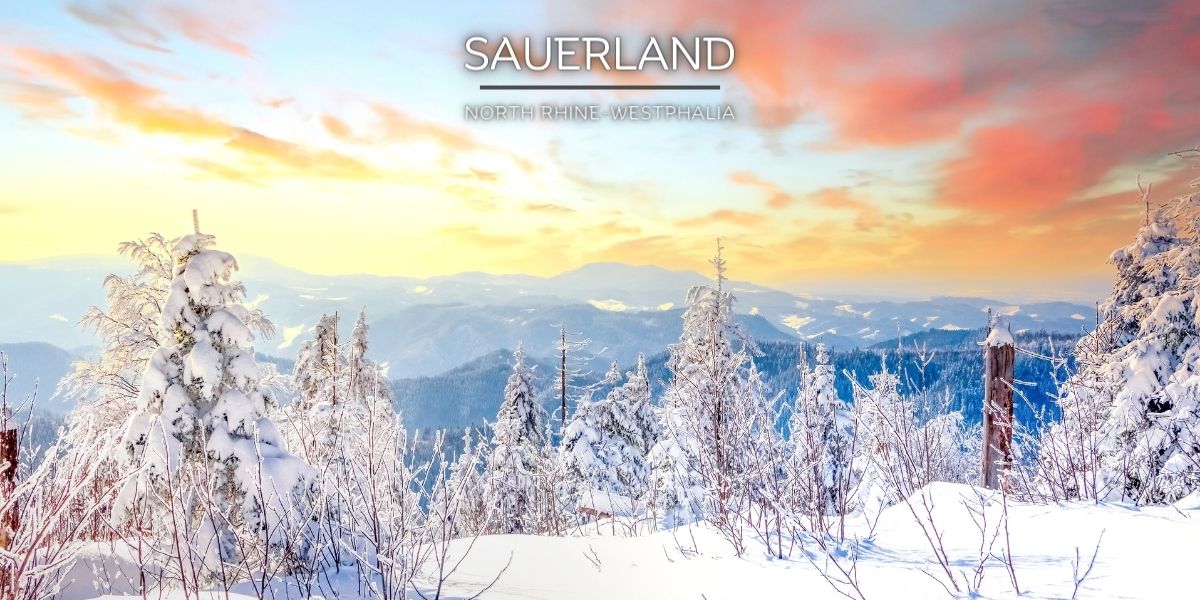
North Rhine-Westphalia might have made its name with industrial propagation, but the Sauerland region stakes a claim in the winter months. Known as the "country of the 1,000 mountains', there are more than 30 ski resorts in NRW. And the best of the lot may very well be...
Skiliftkarussell Winterberg
Skiliftkarussell Winterberg is the largest in North Rhine-Westphalia. The area is often known for its summer beauty, but come winter, it’s one of the most reliably snowy slopes in Germany.
Its state-of-the-art facilities ensure that nearly all of its 16.7 miles (27km) of slopes are covered with powdery goodness. While its slopes cater to all skills, there is an emphasis on the beginning to intermediate levels.
Skiliftkarussell is also best known for its night skiing. 14 of its 28 pistes are equipped with floodlights for a bit more fun before the après begins.
Cross-Country Skiing
While a downhill run often steals the spotlight of a ski holiday, the top ski resorts in Germany have amazing options for cross-country skiers as well.
More than 7,700 miles (12,300km) of groomed runs criss-cross the countryside in a bid to keep your heart rate up. Whether it’s the rolling foothills of Bavaria or the majestic alpine region of the Harz, you’ll be hard-pressed to do the same route twice.
Bavaria
Bavaria's cross-country networks are nearly as extensive as its downhill offerings. Up in the Ammergau Alps, you’ll find more than 260 miles (418km) of tracks passing through picturesque villages and farming communities.
For a more woodsy experience, the Bavarian Forest National Park has more than 370 miles (595km) of snowy forest to navigate.
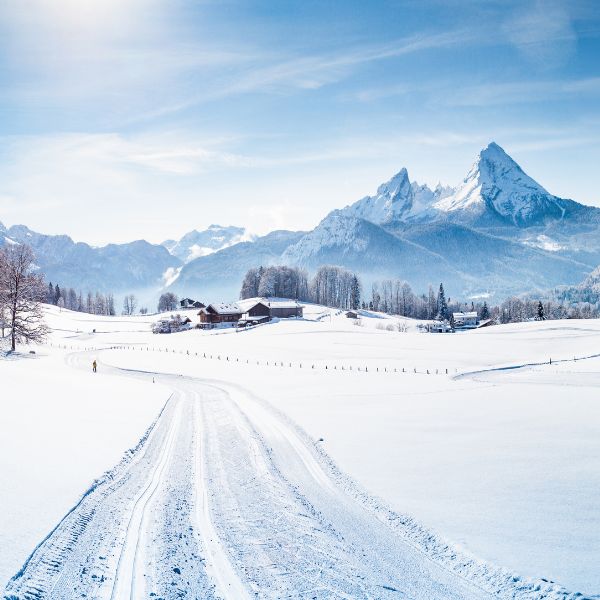 Now that's taking the scenic route!
Now that's taking the scenic route!Harz
Heading back up north to the Harz Mountains brings around 750 miles (1200km) of cross-country trails to explore. Glide through remote valleys and cross frozen lakes, where some loops carry on for nearly 75 miles (120km).
Want to try something unique? Try skiing by moonlight on a torch-lit nighttime trail.
Snow 365
Finding yourself in the flatlands of northern Germany but itching for the slopes? Or maybe it’s summertime and you can’t wait until winter? No problem. The Snow Dome Bispingen (aka Snow 365) in Lower Saxony has you covered with a year-round indoor ski slope.
The nearly 25,000-square-foot arena caters to skiers, snowboarders, and tobogganers. Features include the main piste, a snow park, and a beginners area.
It's a perfect place for kids just starting out or adults looking to pick up the sport before hitting the real thing—minus those pesky trees.
The Snow Dome is part of the larger Abenteuer Resort, which also has a massive miniature model train exhibition and an outdoor adventure world.
TL:DR
Aside from its more alpine-renowned neighbors, Germany boasts over 800 miles (1,300km) of pistes while catering very well to families and those who stay on the slightly calmer side of a black diamond.
Our top picks are: Reit im Winkl, which is the highest-rated ski resort and also the largest ski area; and Zugspitze, which stands as the tallest and most panoramically impressive.
Wherever you choose, there's nothing quite like spending a bit of the winter in Germany flying down a mountain.

Eran Fulson
Traveler • Writer • Explorer of Historic Streets & Hidden Gems
Eran is a first-generation Canadian with German roots now living in Wales. For over 15 years, he’s traveled across North America and Europe, road-tripping through cities, coastlines, and mountain landscapes. He combines his multicultural background with a keen attention to detail to bring Germany to life for curious travelers. Eran’s writing is rooted in firsthand experience helping you uncover Germany's hidden gems, local traditions, and meaningful cultural experiences beyond the typical tourist trail.

Gerhild "Oma" Fulson
German-born cookbook author • Storyteller • Culinary bridge-builder
Guided by memory and ministry, Oma Gerhild moved beyond the kitchen to invite you into Germany’s heart... its landscapes, people, and traditions. She shares travel tales rooted in cultural connection, travel-tested tips, and thoughtful insight, always alongside her family. Whether tracing childhood memory lanes or finding new corners through visits and conversation, her writing builds a bridge between Germany’s past and present... drawing readers into an authentic, faith-rooted German journey.
